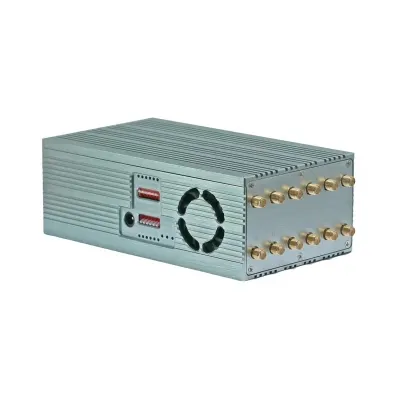In an age of technological maturity, privacy concerns have led to people becoming increasingly wary of hidden surveillance devices, especially hidden cameras. This article aims to provide an in-depth look at what hidden cameras look like, as these devices are often designed to blend seamlessly into their surroundings, making them difficult to detect.

Common characteristics of hidden cameras:
1. Small size:
One of the distinguishing features of hidden cameras is their compact size. They are designed to blend seamlessly into any object or environment without drawing attention to themselves.
2. Disguised as everyday items:
Hidden cameras often take the form of everyday objects to remain inconspicuous. They can be hidden in items such as alarm clocks, smoke detectors, picture frames, air purifiers and even electrical outlets. The goal is to make the camera blend in with its surroundings.
3. Minimal or no wiring:
Unlike traditional security cameras, which may have visible wiring, hidden cameras are usually wireless or have minimal wiring to avoid detection. This makes it difficult for individuals to identify them with a quick visual inspection.
4. Lens camouflage:
Hidden camera footage is often carefully disguised to prevent easy identification. It may be hidden behind pinholes, mirrors, or even within the frame of harmless objects. The purpose of lens camouflage is to make the camera virtually undetectable.
5. Motion sensor:
Some hidden cameras are equipped with motion sensors that only activate recording when motion is detected, saving storage space and making their presence harder to discern.
6. Wireless network connection:
Modern hidden cameras may have Wi-Fi connectivity, allowing remote access and control. This feature enables individuals to remotely monitor live broadcasts or access recorded footage.
Visual inspection tips:
1. Check if there are any abnormal objects:
Visually inspect the area for any objects that look out of place or are unnecessary for the environment. Hidden cameras are often strategically placed within items that naturally belong to the scene.
2. Find anomalies:
Check common household items for anything unusual. This may include slight color changes, unusual seams, or misalignments that may indicate the presence of a hidden camera.
3. Use a flashlight:
Shine a flashlight around the room to identify reflections that might reveal the presence of the camera lens. Hidden cameras can sometimes be detected by reflections caused by a flashlight.
4. Check electrical outlets and devices:
Pay close attention to electrical outlets, smoke detectors, and other electronic devices in the area. Hidden cameras are often hidden inside or behind these items.
5. Consider the environment:
Consider environmental context. In a professional setting, hidden cameras may be disguised as office equipment or decorative items, while in personal spaces they may blend into everyday household items.
in conclusion:
Detecting hidden cameras requires a keen eye for detail and an understanding of the common characteristics these devices have. The ability to identify what a Hidden Camera Detectors looks like, coupled with regular visual inspections, can help take a proactive approach to protecting personal privacy. As technology continues to advance, it becomes critical for individuals seeking to maintain control of their confidential spaces to stay abreast of emerging trends in surveillance equipment.